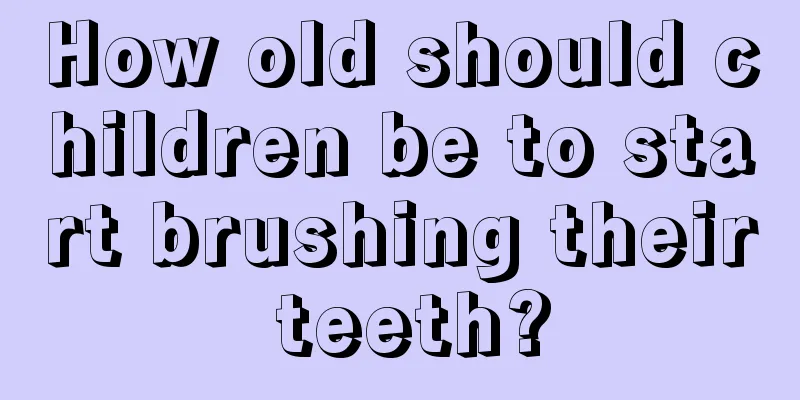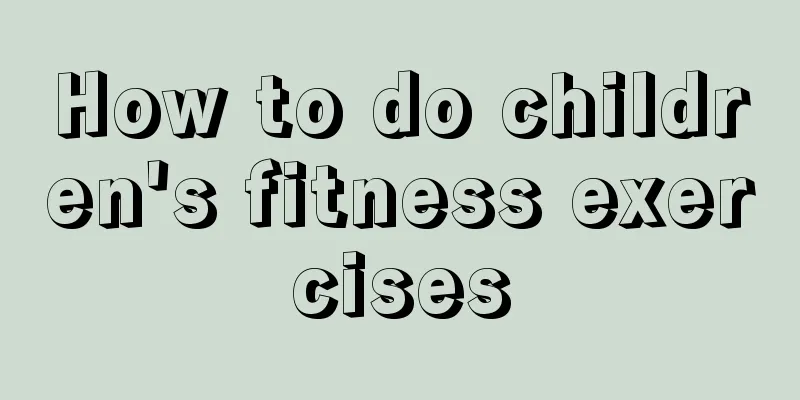Transparent blisters appeared on the child

|
Children are prone to rashes, especially in the summer. Different types of rashes have different causes. It could be chickenpox, which is also transparent blisters. If you get chickenpox, you must seek timely treatment. If you scratch it, it is easy to get infected. Some are herpes caused by underdeveloped sweat glands in children. You can reduce the amount of clothes appropriately. Eczema and other conditions are easy to appear in babies in summer, so be careful not to cover them too much. When small red spots, blisters, and bumps appear on a child's body, we call it a rash. So what are the common diseases that cause rashes in children? Which ones require timely medical treatment and which ones can be observed at home? Here are some common rashes: 1. Chickenpox The rash usually grows in the centripetal position, such as the chest, back, abdomen and other parts of the trunk, and is less common on the limbs. The rash often appears in batches, some are red papules, some are transparent blisters, and some are crusted rashes. Often several stages of the rash coexist. Also called "four generations living under one roof." It is usually accompanied by fever. High fever is more common. If there is no concurrent infection, the rash will generally not leave scars after the scabs subside. If your child gets chickenpox, you need to take him to the doctor and receive medication in time. Warn your children not to scratch the rash, as scratching may lead to infection, which may cause scarring. 2. Dyshidrosis Dyshidrosis is also called dyshidrosis. The baby's sweat is not clear, which causes small transparent blisters to appear on the skin, mostly on the forehead. There are clusters of small blisters. Use a cotton swab dipped in alcohol to rub the small blisters, and the blisters will burst. After it fades, no trace is usually left. In this case, there is generally no need to take the baby to the doctor, just observe at home. Pay attention to adding or removing clothes in time and take a bath every day. 3. Eczema It is more common in infants, most often on the face, and sometimes on the trunk and limbs. It often appears as dense millet-sized papules, papulovesicles, and small blisters. Scratching may cause fusion or exudation. If eczema is not severe, no treatment is required. Severe eczema requires finding the cause and avoiding it, and applying topical medication. 4. Roseola infantum Roseola infantum is often a red rash that appears after a fever has lasted for 3 full days and then subsides. Both the trunk and limbs have it. There are usually no blisters. After the rash subsides, no trace is usually left. This type of rash may resolve on its own and does not require topical treatment. |
<<: Herpes in the throat of a child
>>: Why does it hurt when a boy urinates?
Recommend
What are the benefits of moxa fumigation for children?
As children grow and develop, their body function...
What to do if your child vomits repeatedly
For children, the intestines are very sensitive. ...
How to enhance children's immunity?
Every parent hopes that their baby can grow up he...
Reasons why babies sweat a lot at night
Everyone knows that children often sweat a lot wh...
What are the symptoms of purpura in children
Purpura is a very scary skin disease, which is ma...
Symptoms of Candida infection in newborns
Candida infection in newborns is very harmful to ...
Can baby's overeating cause fever?
The baby's gastrointestinal system is not yet...
Causes of brain tumors in children
Brain tumors are tumors that grow inside the skul...
Causes of black tongue coating in children
The color of the tongue coating is generally whit...
What are the ways to deal with moderate myopia in children?
Today's students are under increasing pressur...
Causes of night coughing in children
Children’s immunity is relatively low, especially...
What toothbrush should I use for a 1.5 year old baby?
Some parents pay great attention to oral hygiene,...
Childhood trauma affects a person's entire life
For normal people, childhood is a very beautiful ...
Why do children get sepsis?
Longdu is a very serious viral disease. This dise...
Tips for treating dry cough in three-month-old babies
Babies over three months old are still very fragi...









